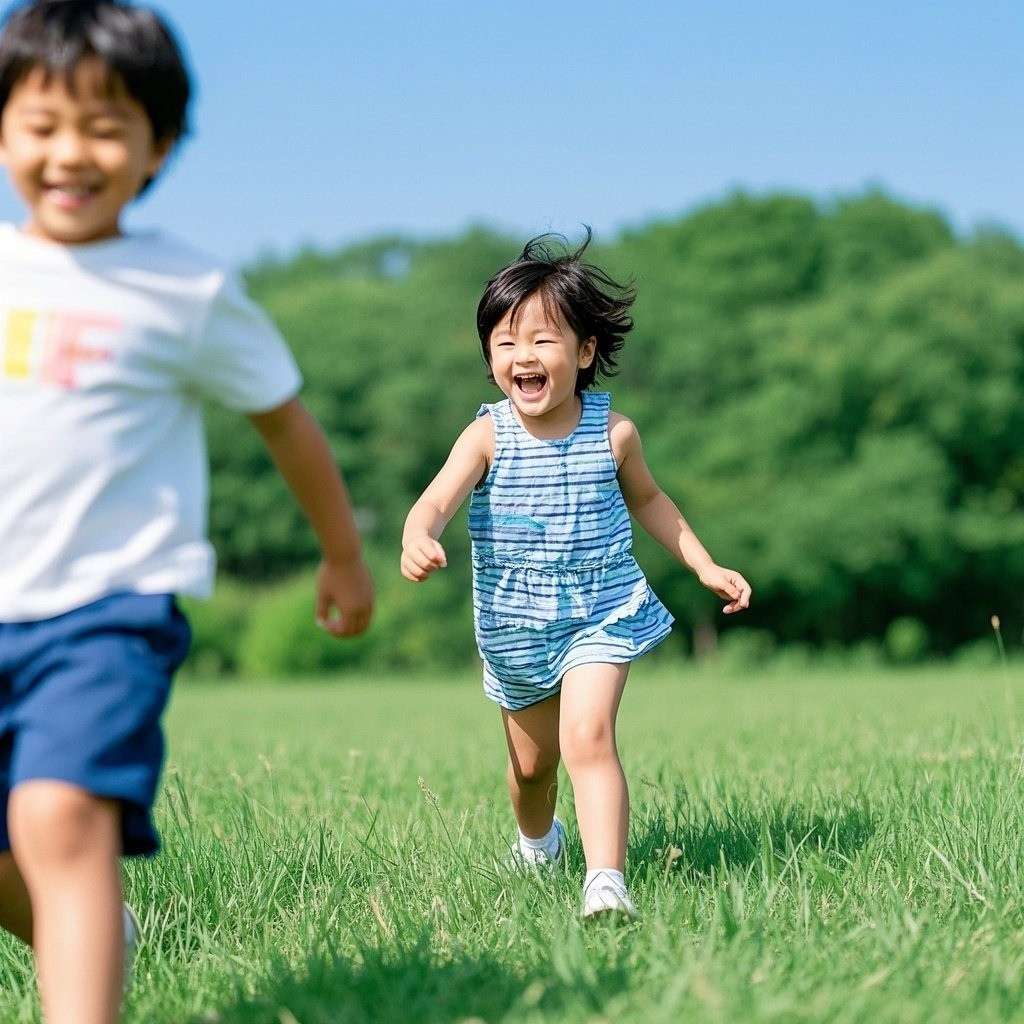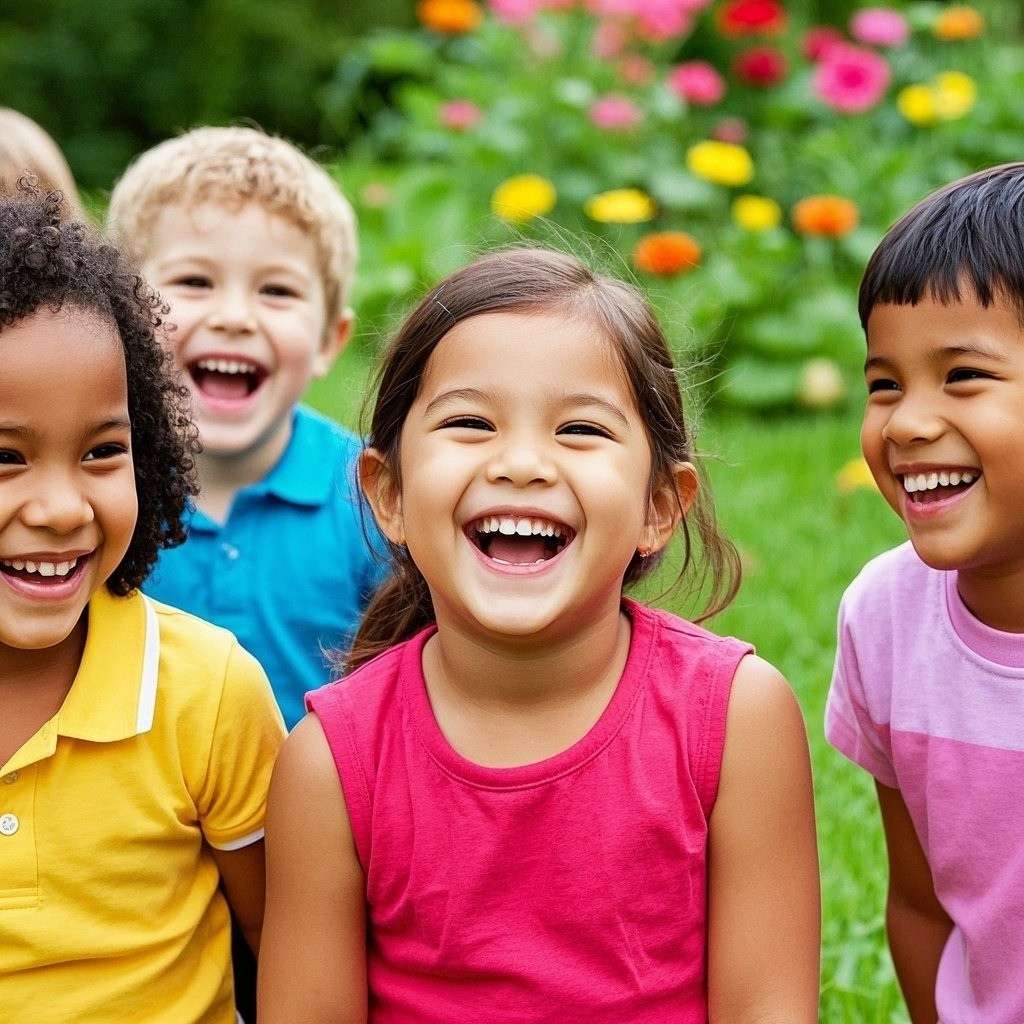Middle childhood, typically spanning the ages of 6 to 12, is a dynamic period of growth and development. During these years, children progress through milestones that shape their physical, cognitive, social, emotional, and language abilities, all while adjusting to the increasing expectations of formal education and societal structures. This stage can be seen as the bridge between the exuberance of early childhood and the complexities of adolescence. The developmental tasks accomplished in middle childhood lay a critical foundation for future learning, well-being, and social relationships. In this overview, we explore the key dimensions of middle childhood, including physical, cognitive, social, emotional, language, communication, school-age milestones, and health considerations.
1. Physical Development
Growth Spurts and Changes in Body Proportions
One of the most noticeable aspects of middle childhood is the acceleration of physical growth. While the changes may not be as dramatic as the initial spurt seen in infancy or later in adolescence, children during this period begin to experience steady increases in height and weight. Many children gain an average of 5 to 7 pounds (about 2 to 3 kilograms) and grow approximately 2 to 3 inches (about 5 to 7 centimeters) each year. Their limbs lengthen, and the body proportions gradually shift, making them look more like “mini-adults” compared to their younger selves. This continuous growth helps them adapt to the physical demands of a more active lifestyle, be it playing sports, engaging in dance, or simply running around with friends on the playground.
The changes in body proportions can influence self-image and coordination. As children experience longer arms and legs relative to their torso, they might require time to adjust to their new center of balance. Additionally, body composition evolves as muscle mass increases and baby fat decreases, laying the groundwork for enhanced strength and agility. These shifts are often accompanied by heightened awareness of personal appearance, making parental guidance and reassurance vital for nurturing a positive body image.
Fine and Gross Motor Skill Development
With these physical changes come improvements in both fine and gross motor skills. Gross motor skills—such as running, jumping, and throwing—involve larger muscle groups. Children around 6 to 12 become more adept at activities that demand coordination, including biking, skipping, or performing simple gymnastic moves. Some children become enthusiastic about organized sports (like soccer, basketball, or swimming) around this age, which can further refine their gross motor abilities through consistent practice and coaching.
Fine motor skills also show significant advancement during this stage. Tasks such as handwriting, drawing, buttoning clothes, or playing a musical instrument become more precise. For instance, children in middle childhood can typically produce more detailed drawings than toddlers or preschoolers, reflecting their improved hand-eye coordination and control. Mastery of these skills supports academic tasks, particularly in the classroom, where writing and manipulating small objects (like crayons or scissors) are integral parts of the learning process.
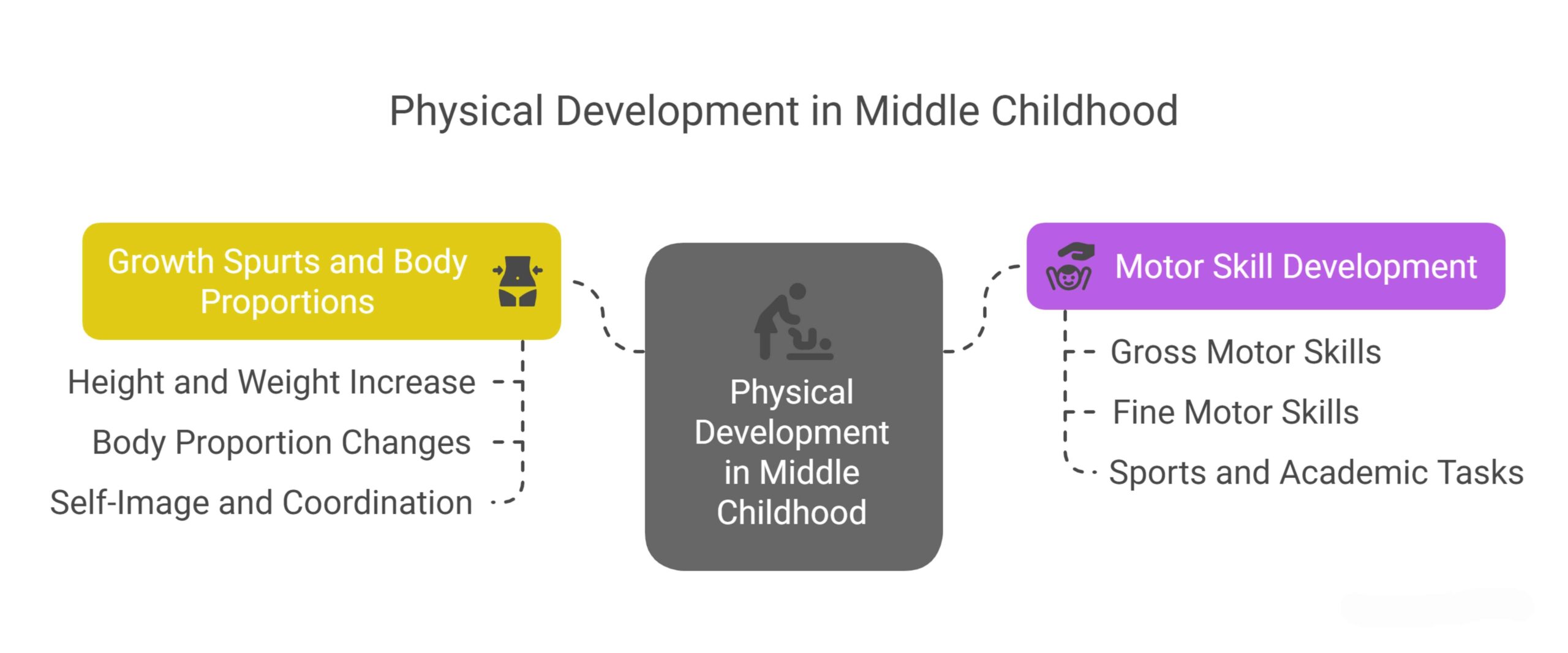
2. Cognitive Development
Improved Memory and Attention Span
Cognitive growth in middle childhood is characterized by notable improvements in both memory capacity and attention span. As the brain develops, children become better at storing, organizing, and retrieving information. This boost in memory skills is essential for activities like memorizing multiplication tables or following multi-step instructions. Their heightened attention span allows them to focus on tasks for extended periods, paving the way for more in-depth exploration of subjects and more complex problem-solving.
Moreover, children start to employ various memory strategies—such as rehearsal, grouping, or creating mental images—to manage and recall information more efficiently. Teachers and parents often notice that children can concentrate for longer durations on tasks that interest them. Consequently, educators take advantage of this developmental window to introduce reading assignments, independent projects, and group activities that challenge students to practice focusing skills in a structured setting.
Enhanced Problem-Solving Skills
Around the ages of 6 to 12, children move away from a purely intuitive approach to problem-solving and begin to apply more logical, systematic methods. They become capable of concrete operational thinking—a term coined by developmental psychologist Jean Piaget—which means they can handle problems that involve tangible objects and real-life scenarios more effectively. Their reasoning skills grow to include understanding of cause and effect, classification, and the ability to consider multiple aspects of a problem at once.
This newfound mental flexibility opens the door for more complex tasks, such as planning a science project, comparing fractions in math, or constructing hypotheses about why a certain event happened. They learn to break down challenges into smaller steps and often develop an interest in brainstorming creative solutions. The cognitive leaps taken during this stage are foundational for the advanced critical thinking skills they will require in adolescence and adulthood.

3. Social and Emotional Development
Developing More Complex Friendships
Social circles expand in middle childhood as children start to form deeper, more reciprocal friendships. Whereas younger children may bond primarily over proximity (e.g., living next door or sitting next to each other in class), children in middle childhood begin to select friends based on shared interests, values, and hobbies. These peer relationships become an important source of emotional support, companionship, and even identity formation.
Group dynamics also become more intricate, often resulting in the formation of informal peer groups or “cliques.” Within these groups, children learn about loyalty, trust, and conflict resolution, as disagreements and misunderstandings are bound to occur. Navigating such situations fosters skills in negotiation and cooperation. It is during this stage that children may also be exposed to peer pressure, making positive guidance from adults crucial.
Increased Empathy and Understanding of Others
Alongside stronger friendships, children become more empathetic and sensitive to the emotions and experiences of those around them. They begin to recognize and respect differences in perspectives, which enhances their ability to cooperate and resolve conflicts more peacefully. Empathy development is closely linked to moral reasoning; children start to understand fairness and justice beyond personal gain, showing concern for the well-being of others.
This shift in social awareness can have a profound impact on how children interact in group settings, such as classrooms or team sports. With guidance, they learn to support their peers, celebrate their achievements, and offer help when they see a friend struggling. Such emotional maturity paves the way for stronger, healthier relationships as they progress toward adolescence.

4. Language and Communication Development
Vocabulary Expansion
During middle childhood, children’s vocabularies grow at a rapid pace, often gaining thousands of words each year. This expansion results from multiple influences, including reading exposure, classroom learning, conversations with peers and adults, and media consumption. Their language comprehension becomes more sophisticated as they encounter new concepts in school subjects such as science, social studies, and literature.
This stage also sees an improvement in the use of more complex sentence structures. They begin to experiment with varied grammatical forms and can engage in more nuanced discussions, asking clarifying questions and expressing opinions. This enriched vocabulary assists in academic tasks that require reading comprehension and writing, as well as in building social connections by enabling more in-depth conversations about shared interests.
Improving Reading and Writing Skills
Reading becomes a gateway to knowledge and imagination in middle childhood. As reading fluency increases, children can understand a broader range of texts, from short stories and age-appropriate novels to informational books. Engaging with diverse reading materials helps them acquire new ideas and strengthens their critical thinking skills. Furthermore, by analyzing narratives and characters, they learn empathy and gain cultural awareness.
Writing skills also advance significantly, evolving from simple sentences to organized paragraphs and short essays. Children learn to structure their thoughts coherently, use appropriate punctuation, and vary their word choice to convey meaning effectively. Teachers often encourage them to write about personal experiences, stories, or factual reports, thereby honing their ability to express themselves in written form. Over time, these abilities pave the way for more complex writing assignments, including research projects and analytical essays, in higher grades.
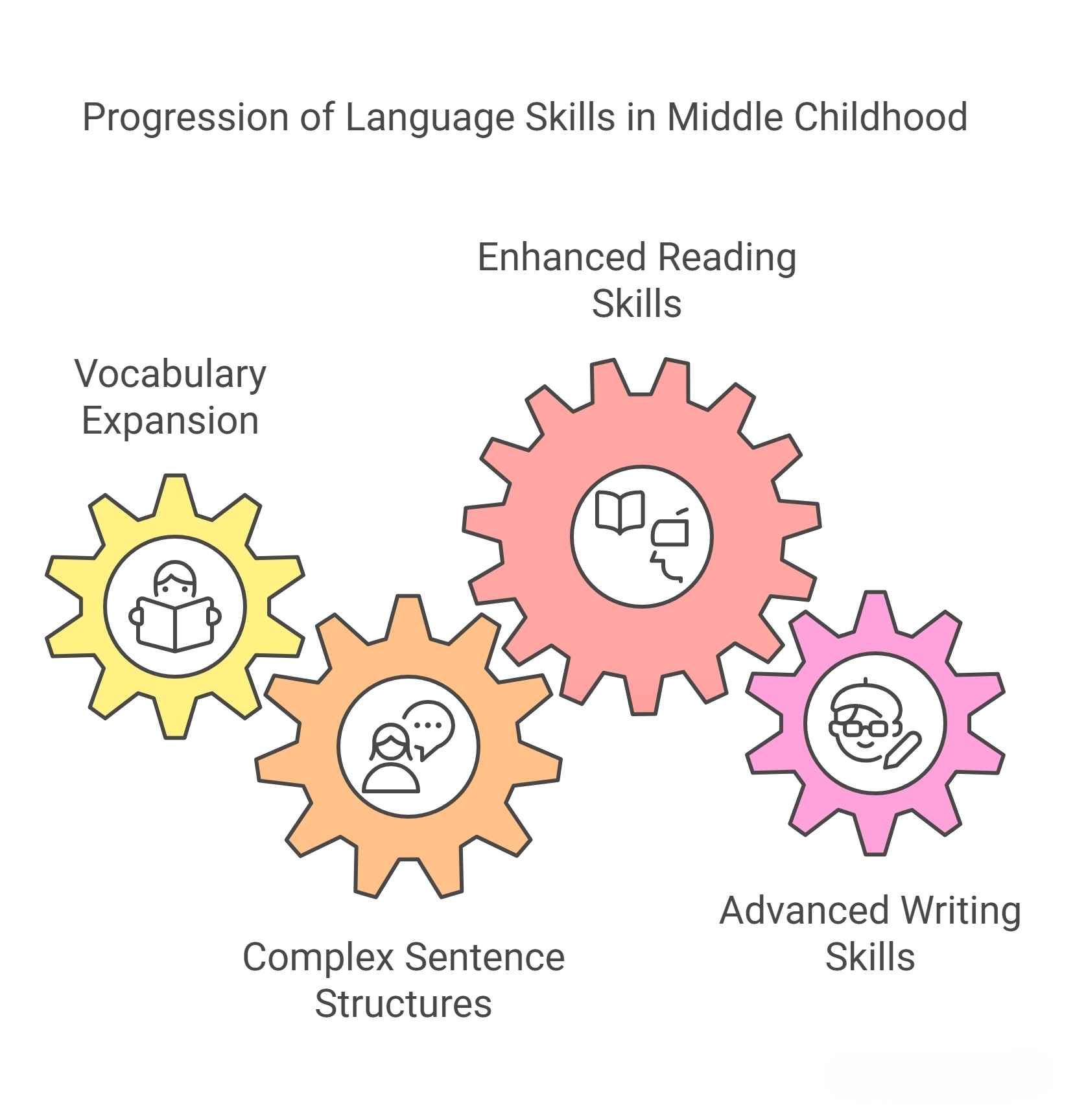
5. School-Age Milestones
Transition to Formal Education
The start of middle childhood often coincides with entering grade school, which brings new routines, social networks, and academic responsibilities. Teachers and peers become highly influential figures in children’s day-to-day lives. The structure and expectations of formal schooling require children to adapt to longer periods of instruction, more rigorous academic standards, and a broader curriculum encompassing reading, math, science, and social studies.
Along with core academic subjects, children are exposed to various extracurricular opportunities—art, music, physical education, and more—that foster diverse skills and talents. These activities also help children uncover personal interests, such as painting, coding, or playing an instrument. Recognizing and nurturing these interests can boost self-esteem and provide children with a sense of accomplishment.
Building Independence and Self-Regulation
A key milestone in middle childhood is the gradual growth of autonomy. As they begin to manage school assignments, extracurricular activities, and household chores, children learn to organize their time, follow schedules, and take on responsibilities with less direct oversight from adults. This new level of independence helps them develop self-discipline and accountability, both of which are essential for effective learning and personal development.
Self-regulation, or the ability to control one’s emotions and behaviors, becomes particularly significant. Children practice setting goals—such as completing homework by a certain time—and employing strategies to remain focused on tasks even if they are challenging or less immediately rewarding. Learning to handle setbacks constructively, rather than becoming frustrated or giving up, is a critical component of building resilience.
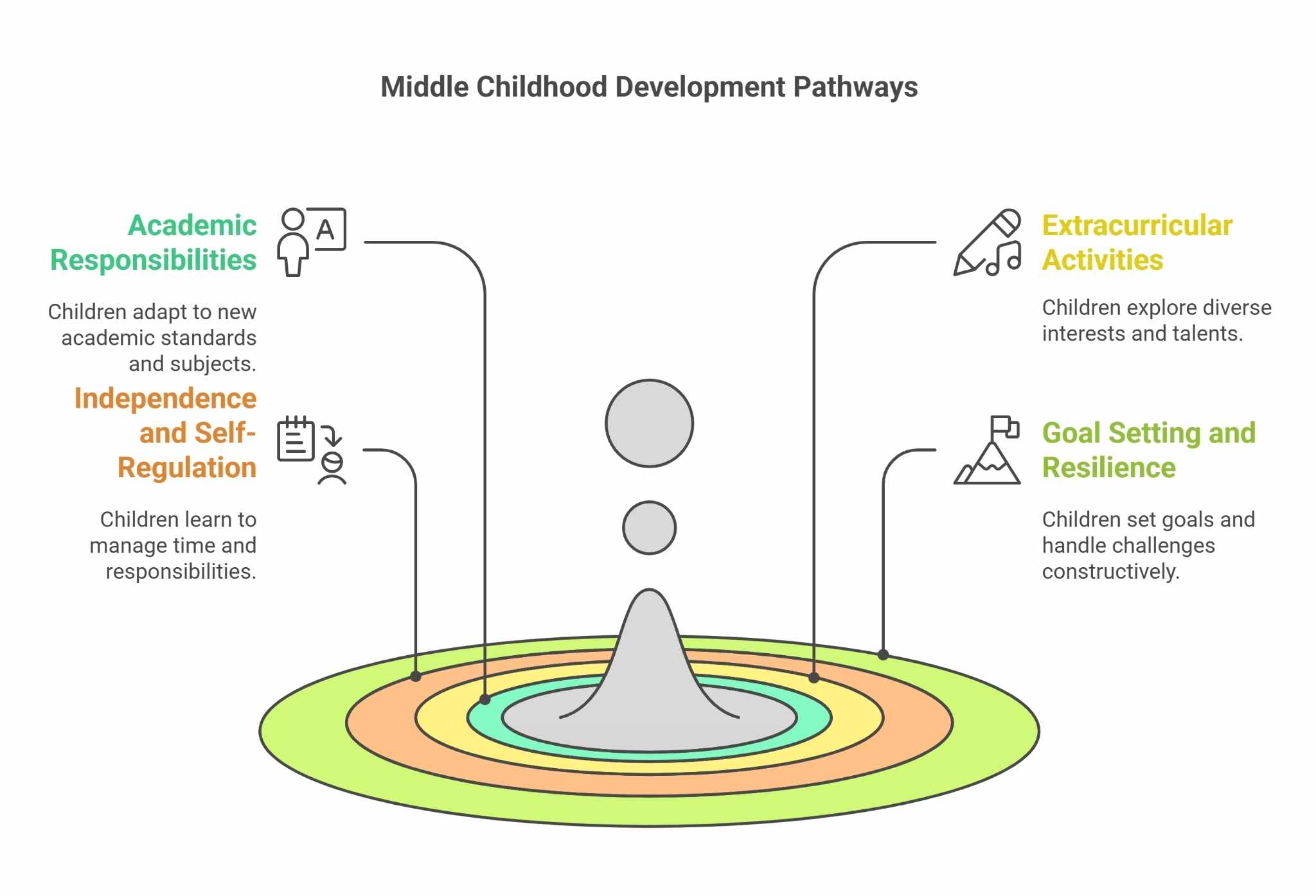
6. Health and Wellness
Importance of Physical Activity and Nutrition
Amid the intellectual and social growth spurt of middle childhood, physical wellness remains paramount. Regular exercise not only builds strong bones and muscles but also supports cognitive functioning, as physical activity has been linked to improved concentration and classroom performance. Sports, dance, biking, or even active play during recess can help maintain a healthy weight, release pent-up energy, and refine motor skills.
Nutrition is another cornerstone of well-being during this stage. A balanced diet rich in fruits, vegetables, whole grains, and lean proteins aids healthy growth, supports brain development, and strengthens the immune system. School-age children benefit from understanding the basics of nutrition, such as portion sizes and the importance of staying hydrated. Parents and educators can foster positive eating habits by encouraging balanced meals, limiting excessive sugary snacks, and teaching children to listen to their body’s hunger and fullness cues.
Understanding Basic Hygiene and Self-Care Practices
Equipping children with knowledge about hygiene and self-care is essential for promoting long-term health. As they become more socially active, children come into contact with various environments—school, sports facilities, and public spaces—where germs can spread easily. Teaching them to wash their hands thoroughly, cover their mouths when coughing, and maintain proper dental care significantly reduces the risk of common illnesses.
Around this age, children also learn to handle daily hygiene tasks with increasing independence, including bathing, combing their hair, and dressing themselves. Growing self-awareness about physical changes, such as the onset of puberty for some older children in this range, highlights the importance of personal hygiene in maintaining self-esteem and social confidence. Encouraging regular routines—like brushing teeth twice a day and getting sufficient sleep—reinforces the concept of personal responsibility for health.

Conclusion
Middle childhood is an extraordinary phase of development characterized by steady physical growth, cognitive leaps, evolving friendships, and a blossoming sense of self. It prepares children for the challenges and opportunities of adolescence by establishing a robust platform of skills—ranging from refined motor abilities to increasingly sophisticated language and thinking capacities. On the social and emotional front, complex friendships and the emergence of deeper empathy shape how children engage with the world. Alongside these developments, the demands of formal education promote independence, self-regulation, and accountability, setting children on a path toward mature decision-making.
Equally significant is the focus on health and wellness during middle childhood, underscoring the need for balanced nutrition, regular exercise, and responsible hygiene practices. Together, these factors form an interconnected network that propels children toward becoming capable, caring, and confident young individuals. By appreciating the milestones and transitions that define middle childhood, parents, educators, and caregivers can offer the guidance, support, and resources needed to help children thrive during this pivotal life stage and beyond.


